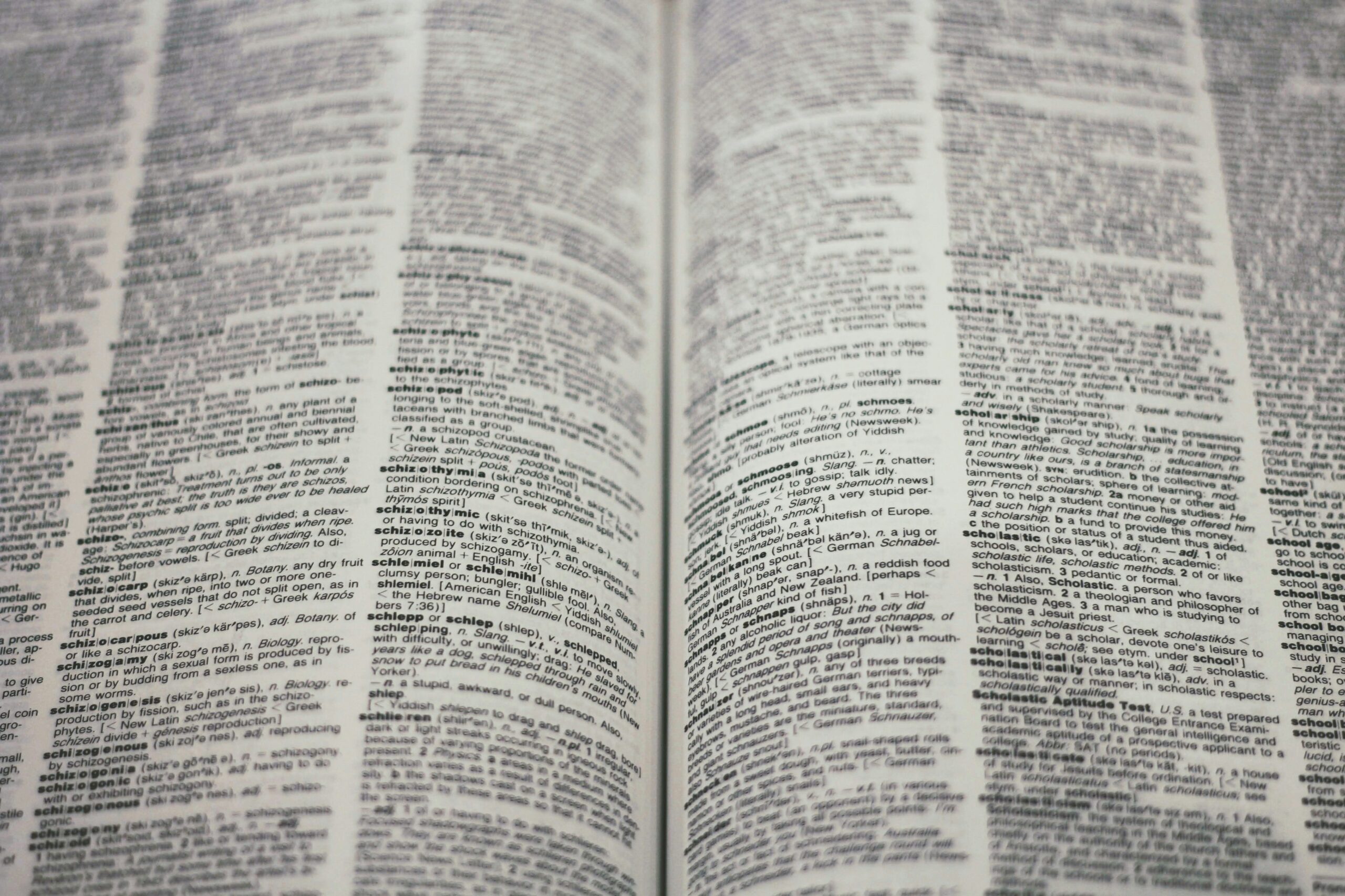Arabic to English Translation Services: A Comparative Study
Unlocking the Best Translation Solutions in Arabic to English Translations 🌐

In today’s globalized world, the demand for translation services is on the rise, especially for languages like Arabic and English, which are widely used in various sectors including business, academia, and diplomacy. Arabic, as one of the most spoken languages worldwide, holds significant importance in international communication. However, effective translation between Arabic and English requires not only linguistic proficiency but also cultural understanding and technical expertise. In this article, we will conduct a comparative study of different Arabic to English translation services, examining their quality, accuracy, efficiency, and affordability.
Human Translation Services
Human translation services involve the manual translation of Arabic text into English by professional translators who are fluent in both languages. These services offer a high level of accuracy, nuanced understanding of cultural context, and the ability to convey the tone and style of the original text effectively.
Quality and Accuracy
Human translation services prioritize quality and accuracy. Professional translators are proficient in both Arabic and English, ensuring that the translated content maintains the original meaning while accounting for linguistic nuances, idiomatic expressions, and cultural sensitivities.
Contextual Understanding
One of the key advantages of human translation services is the translators’ ability to grasp the context of the original text. They can accurately interpret the intended meaning, tone, and cultural references, resulting in translations that resonate with the target audience.
Customization and Adaptation
Human translators can tailor their approach based on the specific requirements of the project and the preferences of the client. Whether it’s formal documents, creative content, technical manuals, or marketing materials, human translators can adapt their style and tone to suit the intended audience and purpose.
Quality Assurance
Human translation services often include a rigorous quality assurance process. Translations undergo multiple rounds of review by experienced linguists to ensure accuracy, consistency, and adherence to the client’s guidelines and specifications.
Client Collaboration
Human translation services prioritize collaboration and communication with clients. Translators may seek clarification on ambiguous terms or concepts, ensuring that the final translation meets the client’s expectations and requirements.
Cost Considerations
While human translation services typically offer superior quality, they can be more expensive compared to machine translation options. However, the investment in professional human translators often results in higher-quality translations that reflect positively on the brand and resonate with the target audience.
Machine Translation Services
Machine translation services utilize artificial intelligence algorithms to automatically translate Arabic text into English. These services offer speed and scalability, making them suitable for translating large volumes of content quickly and cost-effectively.
Speed and Efficiency
Machine translation services can translate content at a rapid pace, making them ideal for time-sensitive projects or situations where speed is a priority. Automated translation processes can handle large volumes of text in a fraction of the time it would take human translators.
Cost-Effectiveness
Machine translation services are often more cost-effective than human translation services, especially for projects with tight budgets or large volumes of content. Automated translation tools require minimal human intervention, reducing labor costs associated with manual translation.
Limited Linguistic Nuance
Despite advancements in machine translation technology, automated systems may struggle with capturing the nuances of language, including idiomatic expressions, cultural references, and tone. As a result, machine-translated content may lack the finesse and accuracy of human translations.
Post-Editing Requirements
Machine-translated content often requires post-editing by human translators to improve accuracy, readability, and coherence. While machine translation can expedite the initial translation process, post-editing is essential for ensuring the quality and reliability of the final output.
Language Pair Limitations
Machine translation systems may perform better with certain language pairs than others. While Arabic to English translation is a commonly supported language pair, the quality of machine-translated output can vary depending on the complexity of the source text and the capabilities of the translation engine.
Customization Options
Some machine translation services offer customization options, allowing users to fine-tune translations based on specific terminology or style preferences. Customization features can improve the accuracy and consistency of machine-translated content for specialized domains or industries.
Quality and Accuracy Assessment
Assessing the quality and accuracy of translation services is crucial for ensuring that the translated content meets the desired standards and effectively communicates the intended message. Evaluation criteria typically encompass various linguistic, cultural, and contextual factors to gauge the fidelity of the translation.
Evaluation Criteria for Assessing Translation Quality
Translation quality assessment involves the examination of several key aspects to determine the overall accuracy, fluency, and appropriateness of the translated content. Common evaluation criteria include:
- Semantic Accuracy: Assessing whether the translated text accurately conveys the intended meaning of the source text without distortion or omission.
- Grammatical Correctness: Checking for grammatical errors, syntactical coherence, and adherence to the rules of the target language.
- Linguistic Fluency: Evaluating the naturalness and readability of the translated text, including the use of idiomatic expressions, colloquialisms, and stylistic conventions.
- Cultural Appropriateness: Ensuring that the translation is culturally sensitive and appropriate for the target audience, taking into account cultural norms, values, and references.
- Consistency: Verifying consistency in terminology, style, and tone throughout the translated document, maintaining coherence and clarity.
- Contextual Understanding: Assessing the translator’s ability to grasp the context of the source text and accurately reflect it in the translation, including technical jargon or specialized terminology.
- Client Requirements: Meeting the specific requirements and preferences of the client, such as formatting guidelines, tone of voice, and intended use of the translated content.
Comparative Analysis of Human vs. Machine Translation Quality
When comparing human and machine translation quality, several factors come into play, influencing the overall accuracy and effectiveness of the translation:
- Accuracy and Fidelity: Human translators typically outperform machine translation algorithms in terms of accuracy, especially for complex texts requiring nuanced understanding and cultural adaptation.
- Linguistic Nuance: Human translators excel in capturing subtle linguistic nuances, idiomatic expressions, and cultural references, resulting in translations that resonate with the target audience.
- Consistency and Reliability: Human translation services offer greater consistency and reliability in maintaining style, terminology, and tone throughout the translated document, ensuring coherence and clarity.
- Speed and Efficiency: While machine translation services offer unparalleled speed and scalability, they often sacrifice accuracy and quality, requiring post-editing by human translators to improve the final output.
- Customization and Adaptation: Human translators can tailor their approach to meet the specific requirements of each project, adapting style, tone, and terminology to suit the client’s preferences and the intended audience.
Case Studies Highlighting Accuracy and Reliability of Different Services
Numerous case studies illustrate the accuracy and reliability of both human and machine translation services in various contexts:
- Human Translation Case Study: A multinational corporation requiring accurate translation of legal documents opts for human translation services to ensure compliance with international regulations and preserve the integrity of the content.
- Machine Translation Case Study: A software company utilizes machine translation technology to quickly translate user-generated content for its global audience, leveraging post-editing by human linguists to enhance quality and coherence.
- Hybrid Translation Case Study: An e-commerce platform combines machine translation with human review to efficiently translate product descriptions, achieving a balance between speed and accuracy while maintaining brand consistency.
- Literary Translation Case Study: A renowned author’s works are translated from Arabic to English by a team of skilled human translators, preserving the literary style, nuances, and cultural richness of the original texts.
- Technical Translation Case Study: A research institution requires precise translation of scientific papers from Arabic to English, relying on human translators with subject matter expertise to accurately convey complex concepts and terminology.
These case studies highlight the diverse applications and effectiveness of different translation services in meeting the specific needs and requirements of clients across various industries and domains.
FAQs
Q. What factors should be considered when comparing Arabic to English translation services?
A. Factors to consider include accuracy, speed, cost, cultural understanding, language proficiency, technological tools, and customer reviews.
Q. How important is accuracy in Arabic to English translation services?
A. Accuracy is paramount as it ensures the conveyed message retains its meaning and intent without distortion or misunderstanding.
Q. Why is cultural understanding crucial in translation services?
A. Cultural nuances and context greatly influence language use and interpretation, impacting the accuracy and effectiveness of translations.
Q. What role does language proficiency play in translation services?
A. Proficiency in both Arabic and English is essential for accurately conveying the meaning and tone of the original text.
Q. How do technological tools affect Arabic to English translation services?
A. Technological tools such as translation software and machine learning algorithms can aid in efficiency, but human oversight is necessary for accuracy and nuanced understanding.
Conclusion
The comparative study of Arabic to English translation services reveals a diverse landscape, each offering unique advantages and drawbacks. Human translation services excel in providing nuanced and culturally sensitive translations, ensuring high quality and accuracy, albeit at a higher cost and longer turnaround time. On the other hand, machine translation services offer speed and affordability but may lack the finesse and context provided by human translators. Hybrid services attempt to combine the strengths of both approaches, providing a balance between quality and efficiency. Ultimately, the choice of translation service depends on individual needs, priorities, and budget constraints. However, irrespective of the chosen service, it is crucial to prioritize accuracy, cultural sensitivity, and effective communication to bridge the linguistic divide between Arabic and English effectively.
UP NEXT
